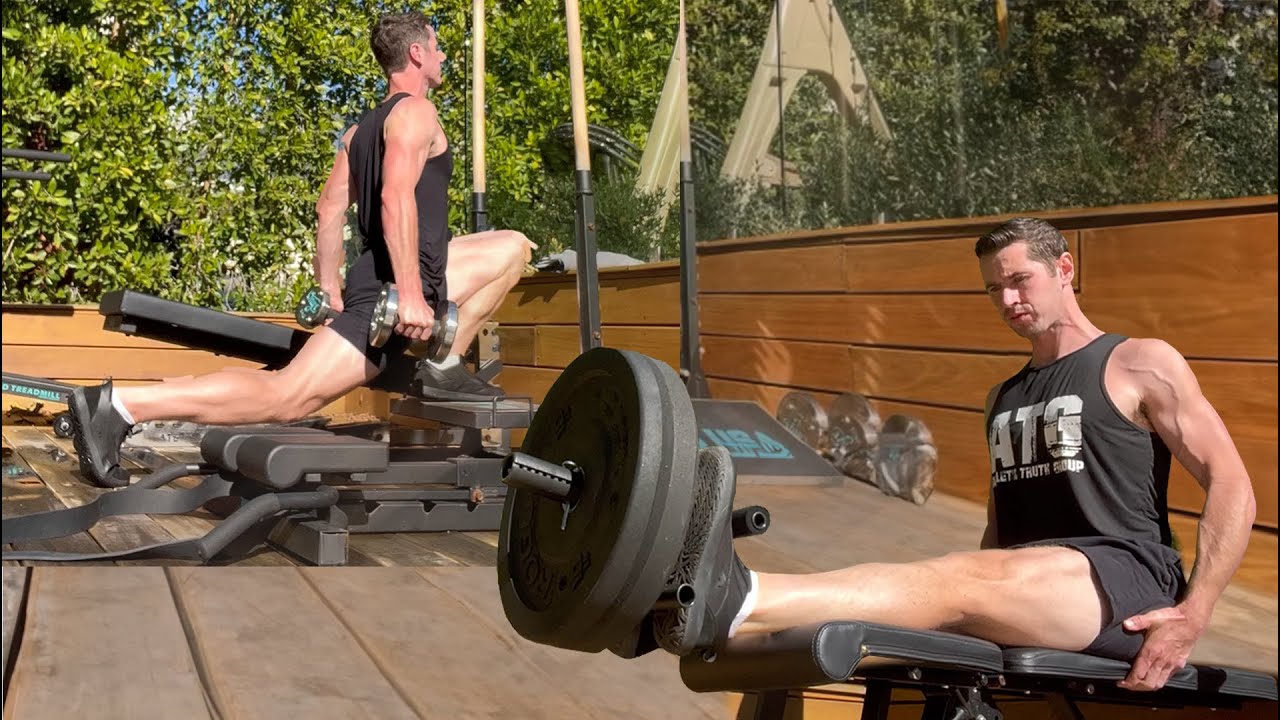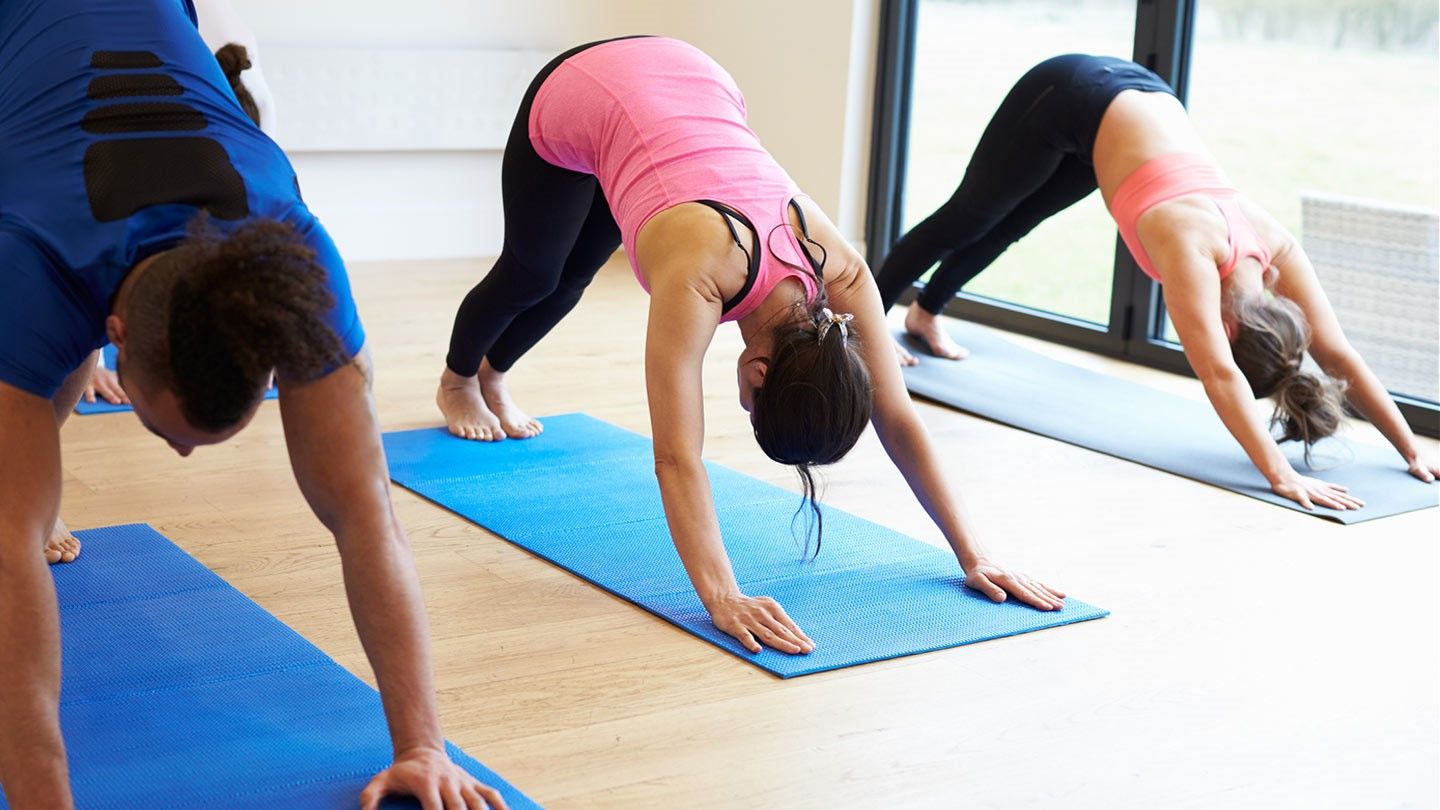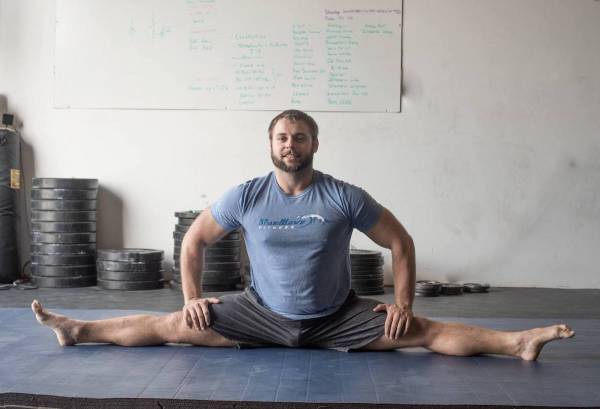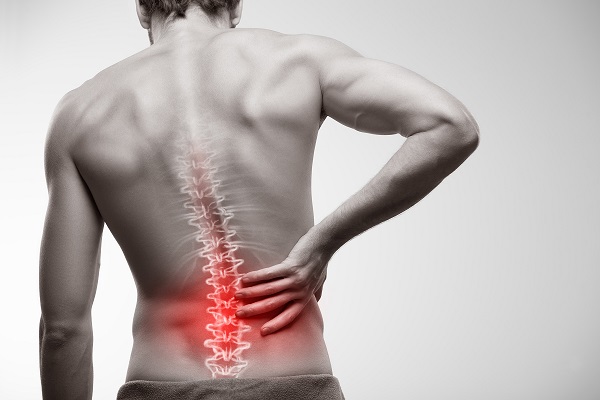
Building from the Ground Up
The ATG exercise programme is based on the principle of starting from the ground up. The instructor teaches basic ATG principles for the lower body, emphasising ankle, knee, and hip exercises. The programme aims to provide a well-rounded lower body workout by incorporating joint exercises such as ankle circles, knee extensions, and hip movements.
Equal Attention to Each Joint
The ATG programme emphasises equal attention to each joint. Traditional workouts frequently ignore specific joints, resulting in imbalances. In ATG, the instructor demonstrates exercises for the ankle, knee, and hip, ensuring overall lower-body development and balance.
Extension and Flexion Principles
The ATG programme also incorporates extension and flexion principles. The instructor explains that extension exercises, such as calf raises, strengthen muscles when they lengthen, whereas flexion exercises, such as split squats, strengthen muscles when they contract. This dual approach seeks to provide a balanced lower-body workout that promotes both strength and flexibility.
Sculpting The Body You Deserve
The ATG programme promotes a full range of motion, both short and long. The instructor uses knee extension as an example, demonstrating both a short-range exercise (knee pushes) and a long-range exercise (ATG split squat). The programme combines short and long-range movements to improve circulation, mobility, and lower body balance.
Short and Long Ranges for Knee Flexion
The knee flexion section of the programme follows a similar format, with short-range exercises like short Nordic curls and long-range exercises like monkey foot hamstring curls. The instructor stresses the importance of both ranges for knee protection and flexibility.
Balancing Ankle Development
The ATG programme targets the often-overlooked ankle with exercises for both short and long ranges. The instructor demonstrates how a wall can be used as resistance to work the ankle in a variety of positions, promoting balance and strength in this often overlooked joint.
Nuances in Calf Training
Calf training presents a unique challenge due to the muscle anatomy involved. The instructor offers creative home gym solutions, such as using a wall or a chair to work on both straight leg and bent knee positions. This nuanced method ensures complete calf development without the need for specialised equipment.
Foot Positioning Matters
In the video, the instructor discusses how foot positioning affects exercise effectiveness. He demonstrates how foot placement, such as flat foot and heel-up positions, can transform a knee exercise into a hip or glute workout. This attention to detail helps to keep the ATG programme balanced overall.
Incorporating Mobility Measurement
The ATG programme includes the ATG split squat to track progress and promote mobility. This exercise not only builds strength but also allows people to track their mobility progress over time. For beginners, the instructor suggests using a chair or a stairwell before progressing to more challenging variations.
Additional Tools for Progression
Throughout the video, the instructor offers a variety of tools and options for people of different fitness levels. From a slant board for stability to bumper plates and PVC poles for balance, the programme is adaptable to a wide range of users.
Sculpting The Body You Deserve
The ATG exercise programme, as described in the YouTube video, goes beyond traditional workouts by focusing on balance, joint attention, and a full range of motion. The programme strives to provide a holistic approach to fitness by emphasising principles such as building from the ground up, extension and flexion, and short and long ranges. Whether you are a fitness fanatic or a novice, the ATG programme provides a comprehensive guide to achieving a balanced and healthy body.




